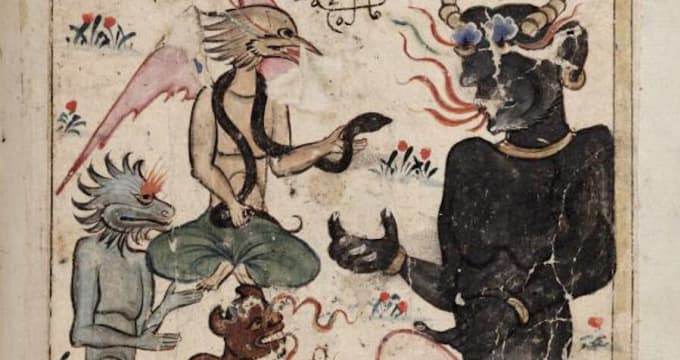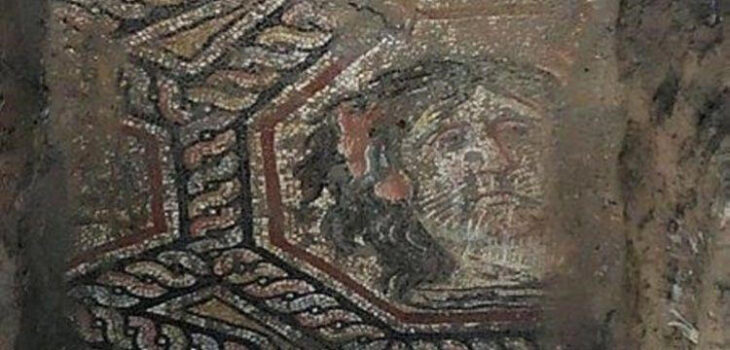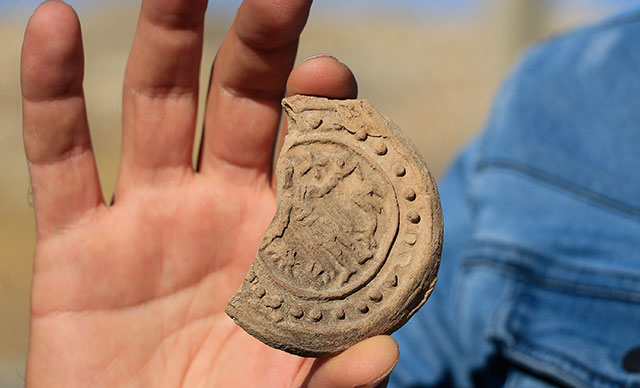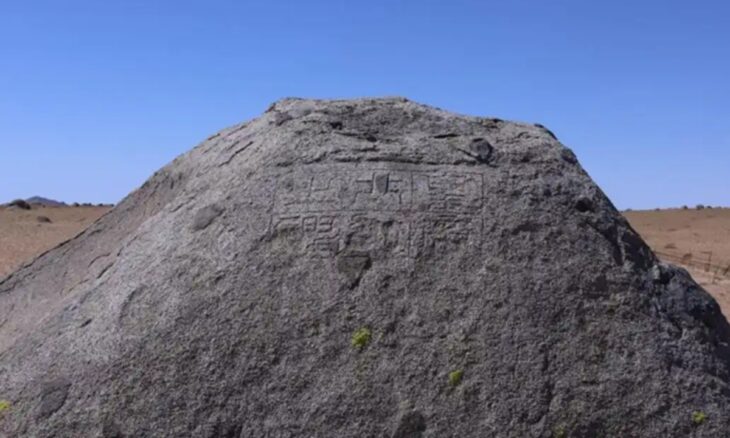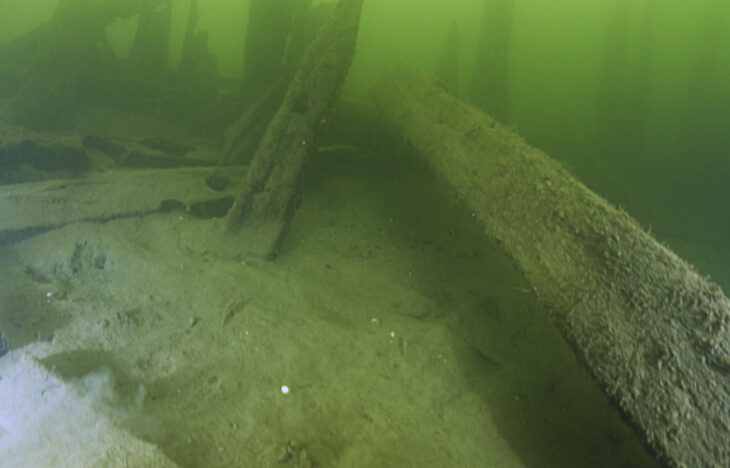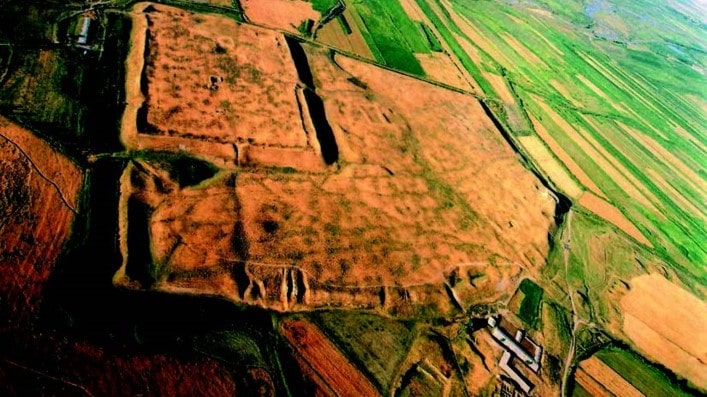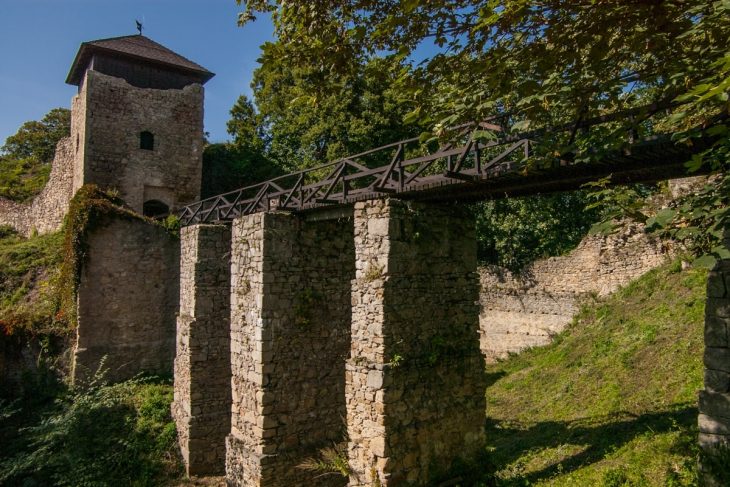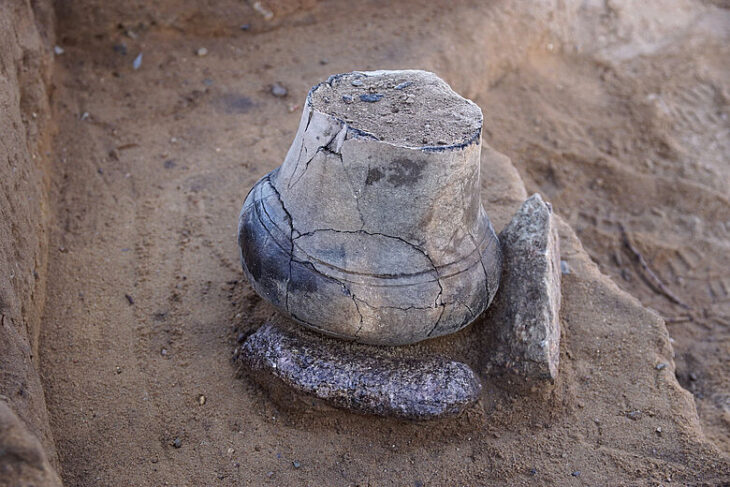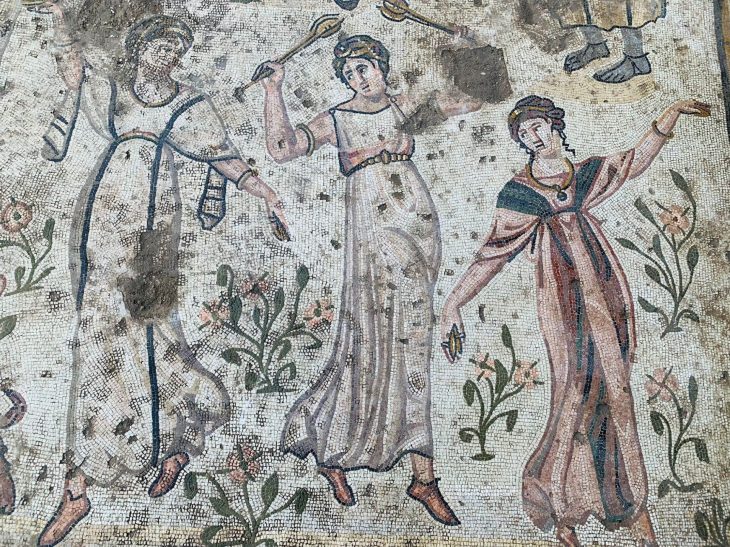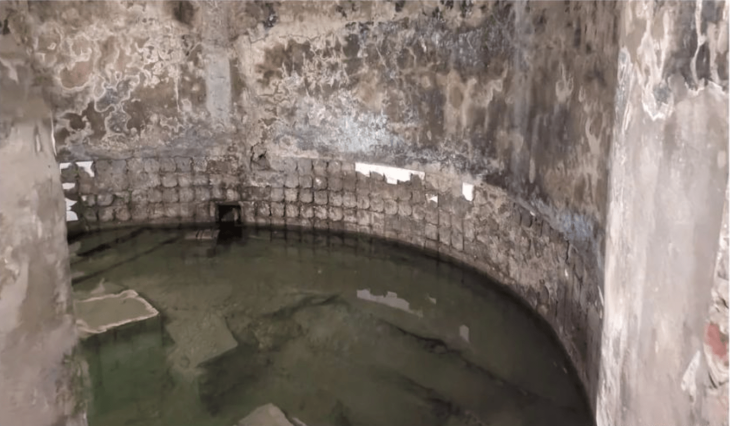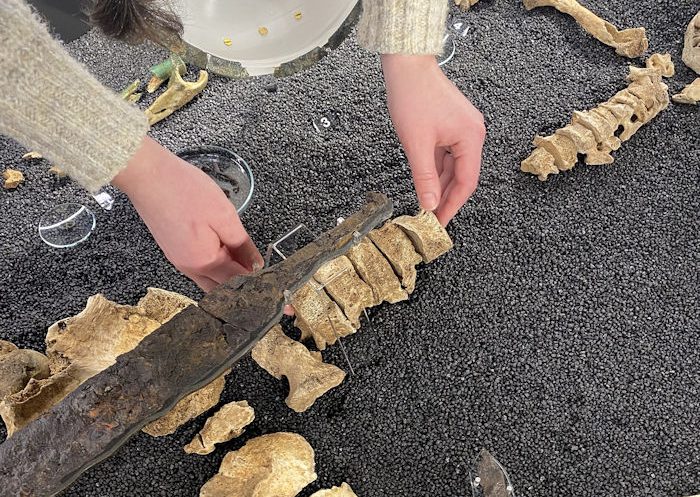Girnavaz mound is in the north of Nusaybin district of Mardin province and Nusaybin 4 km is away. It is located very close to the Syrian border. It is just above the road coming from Northern Mesopotamia.
It was introduced to the world of science by A.T. Olmstead. The mound is a Neo-Assyrian settlement. Prof. Dr. Hayal Erkanal had concluded from the tablets and data that his name could be one of the cities named Nabula or Nawala. The excavations of the mound continued from 1982 until 1991 when the excavation team was attacked by a terrorist attack. Two archaeologists died as a result of the attack.
It is a very important settlement in terms of the archaeological value of the Southeastern Anatolia region. The finds show that it was used as a living space for a long time. The settlement uninterrupted is observed from the Uruk period to the Neo-Assyrian period.
After giving the basic information of the mound, let’s move on to our main subject. The origin of the existence of jinn in human life has passed from Ancient Mesopotamia to pagan religions with polytheism and then to the Torah with the belief in one god. The mention of Nusaybin with the Gins is dated to a more late period (7th century AD).
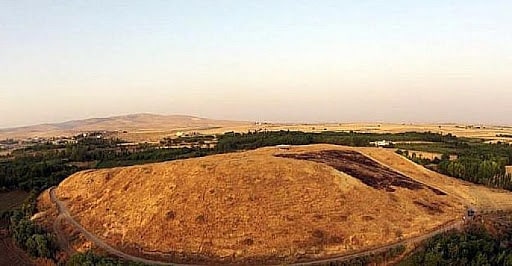
In the Holy Quran, Hz. It is said that Solomon could talk to jinn. In the 17th verse of Surat an-Naml “Once upon a time, armies of jinn, humans, and birds were gathered under the command of Suleiman, and it was being shipped and managed together” It has been informing. From 17 to 30 verse until, Hz. Solomon is mentioned. It is also told how the jinn was created during the “Enam” surah. In many verses, information about jinn is read. The reason why Nusaybin is mentioned with jinn is that the 7 jinn mentioned in the Surah Ahkaf are considered by Islamic scholars, as three from Harran and four of them from Nusaybin. These jinn, It is said that they listened to the Quran from Hz. Muhammad and that they were Muslim.
📣 Our WhatsApp channel is now LIVE! Stay up-to-date with the latest news and updates, just click here to follow us on WhatsApp and never miss a thing!!
The chief of these Nusaybin jinn is Mir Osman in Girnavaz. The place where his grave was found caused the people of Nusaybin and the surrounding people to accept it as a healing center.
When people visit this place, they believe that the jinn who haunt them will be driven out thanks to him. People come here to find healing from spirit illnesses. People who come to the grave, generally come here on Wednesday instead of visiting the tomb on Thursday or Friday. However, the visitors of this tomb are not only Muslim people, but also Yazidi and Christian Syriac people frequently visit it. Wednesday is the holy day of Yazidis. Probably that is why Wednesday should have been chosen as the visiting day.
It is one of the areas that people of different religious beliefs who live in Mardin have owner by shared. Similar to the traditionalness of all the tomb visits, it also hosts known rituals such as tying fabrics to trees and stacking 7 stones.
We hope that the unfinished excavations in Girnavaz mound will start again and we can rediscover the unique historical riches of Southeastern Anatolia. The suspension of excavations is an important loss for Southeastern Anatolia archeology.

